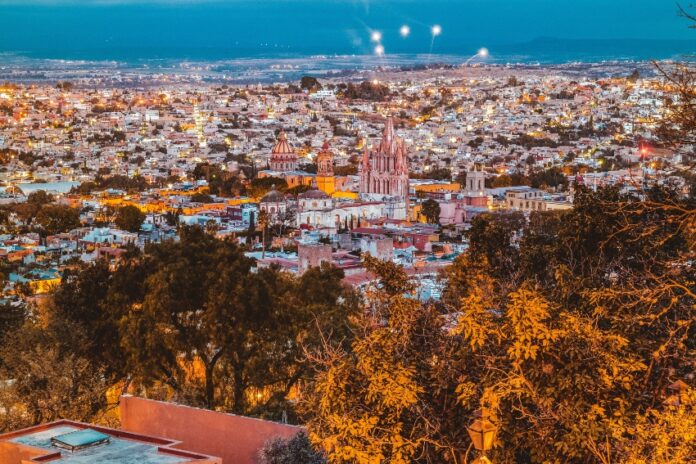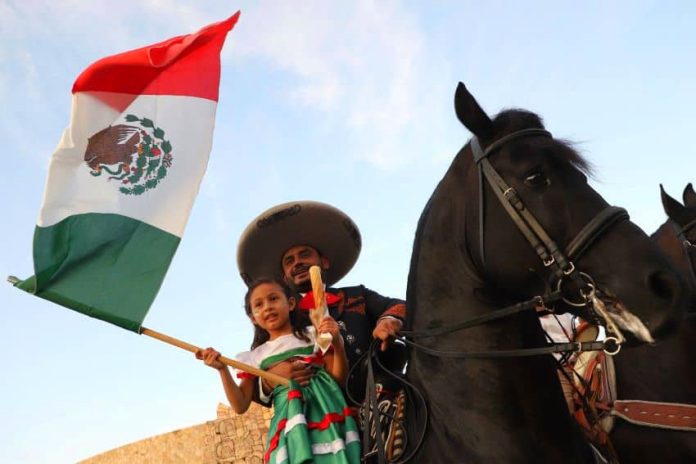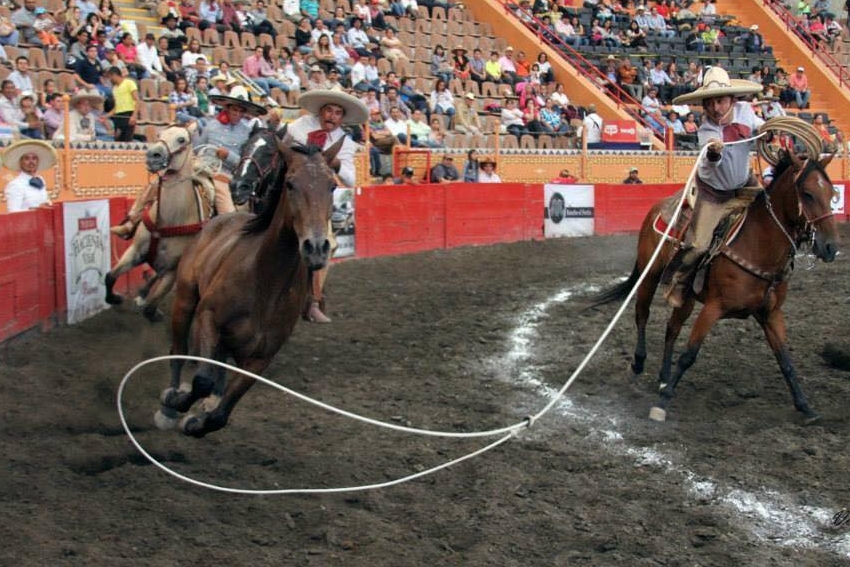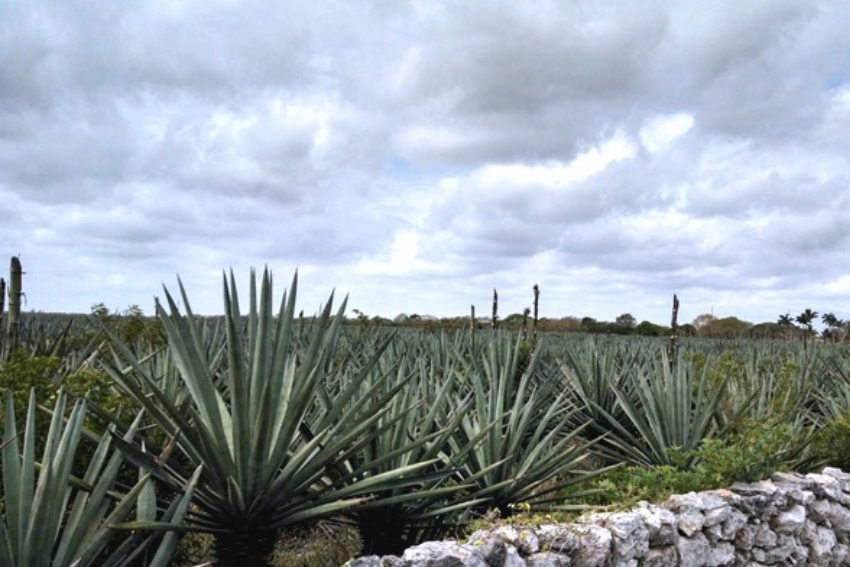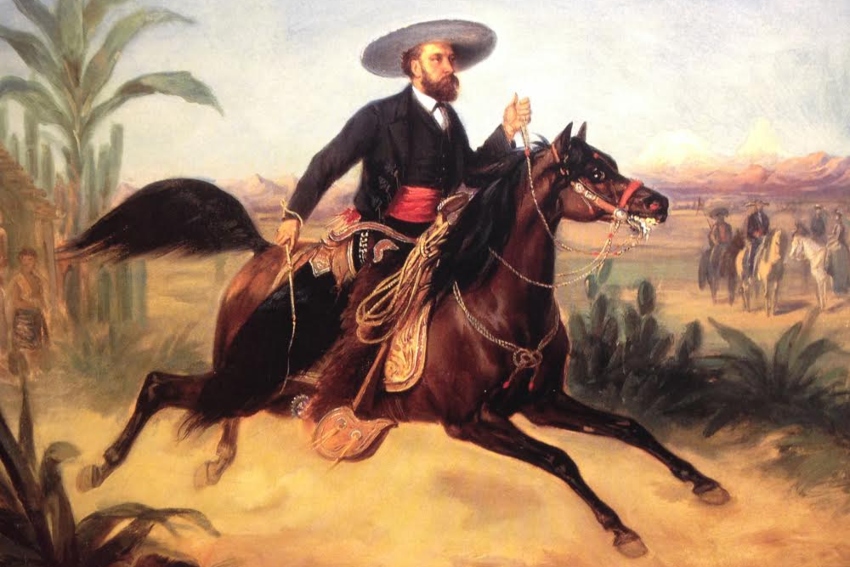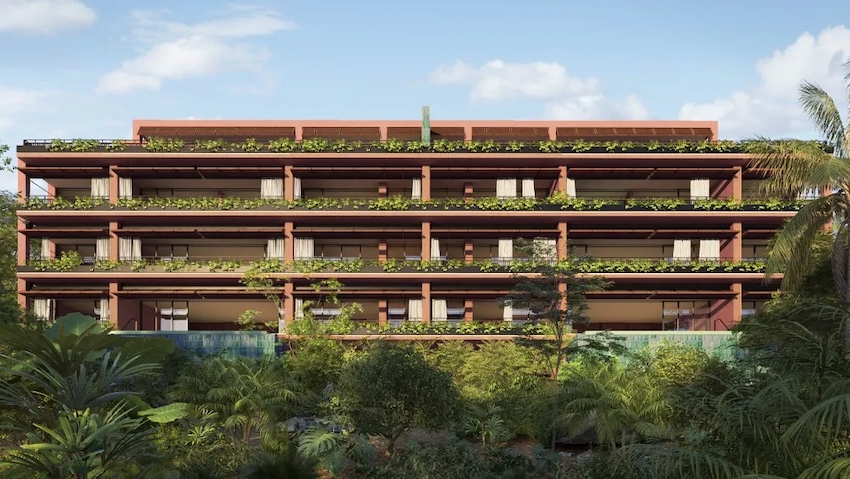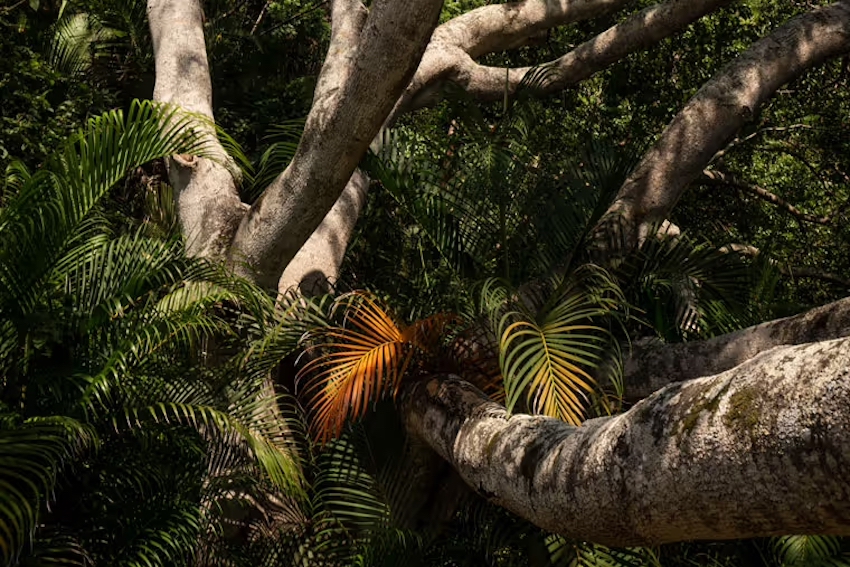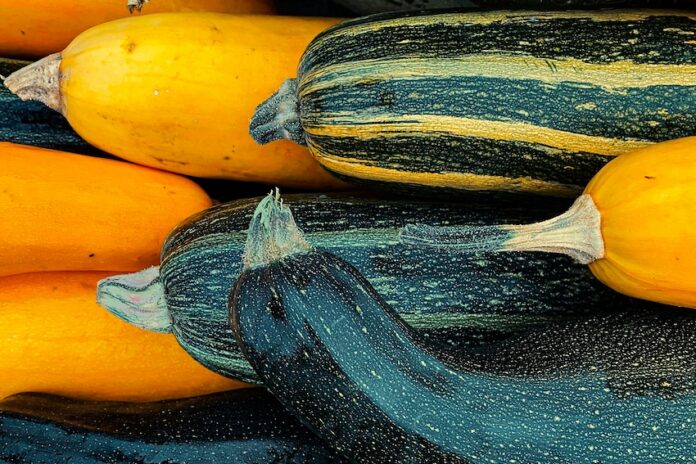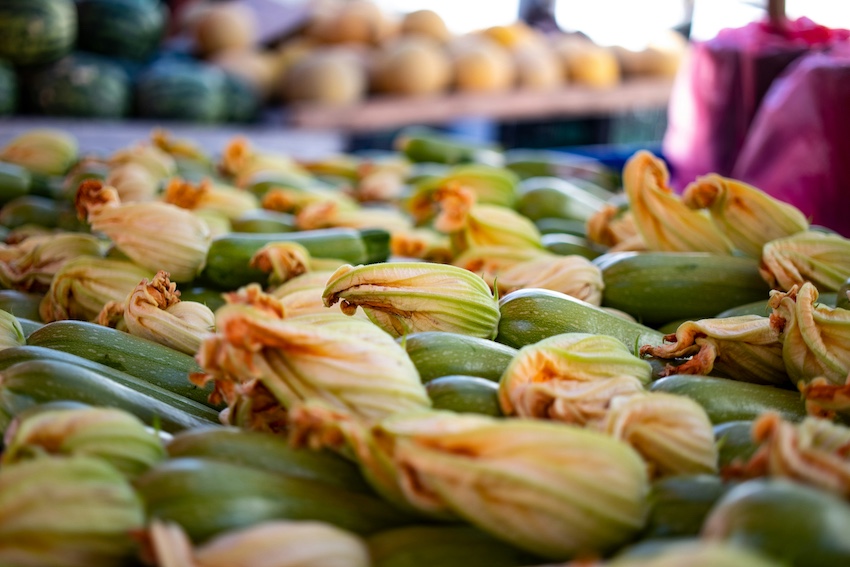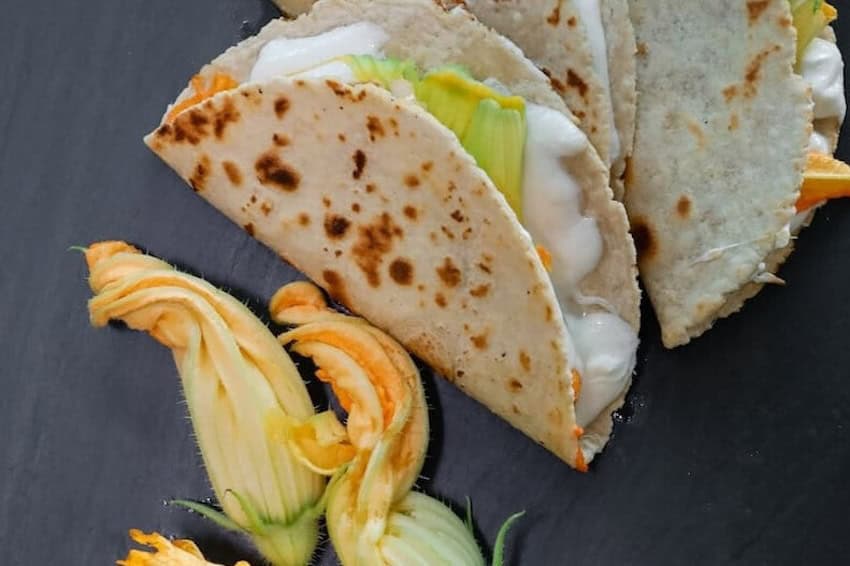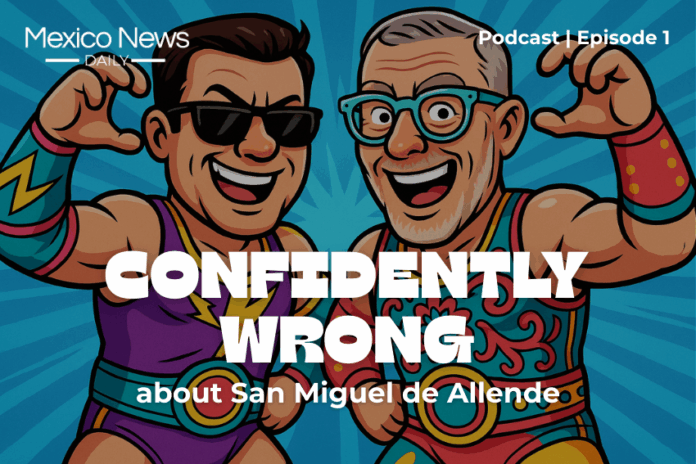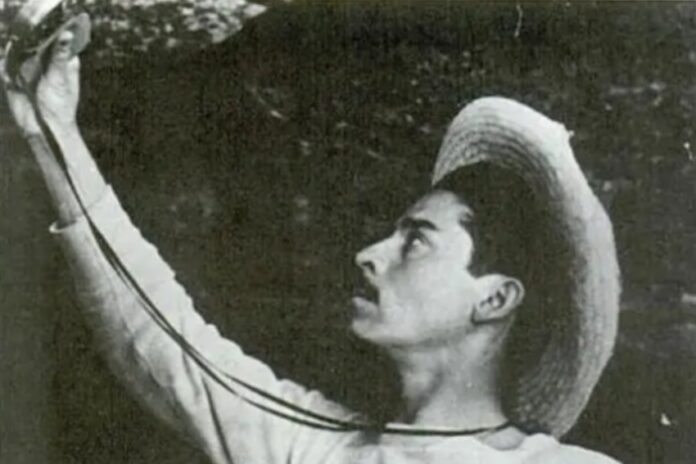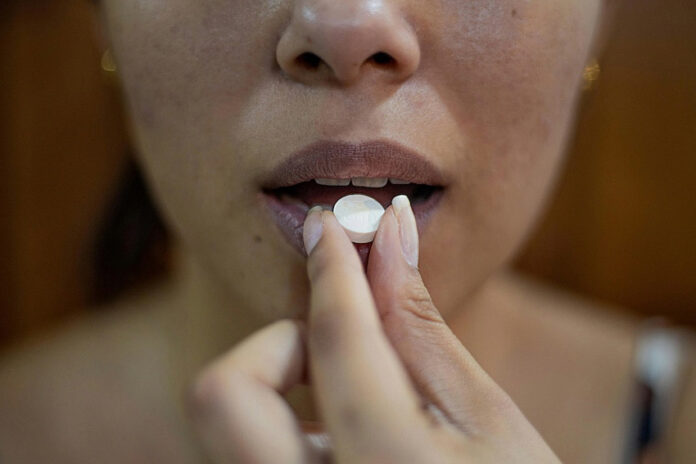“Nature does not hurry,” wrote the Taoist philosopher Lao Tzu. “Yet everything is accomplished.”
And so it is with San Miguel de Allende’s xeric flora, generously offering us a peek at its soft amethyst jacaranda blossoms, sighing open for 30 to 40 breathtaking days each year around Semana Santa. As for the rest of the year, everywhere you look, explosive fuchsia bougainvillea vines are making their skyward climb up the façades of ochre and terracotta blush Spanish colonial buildings.
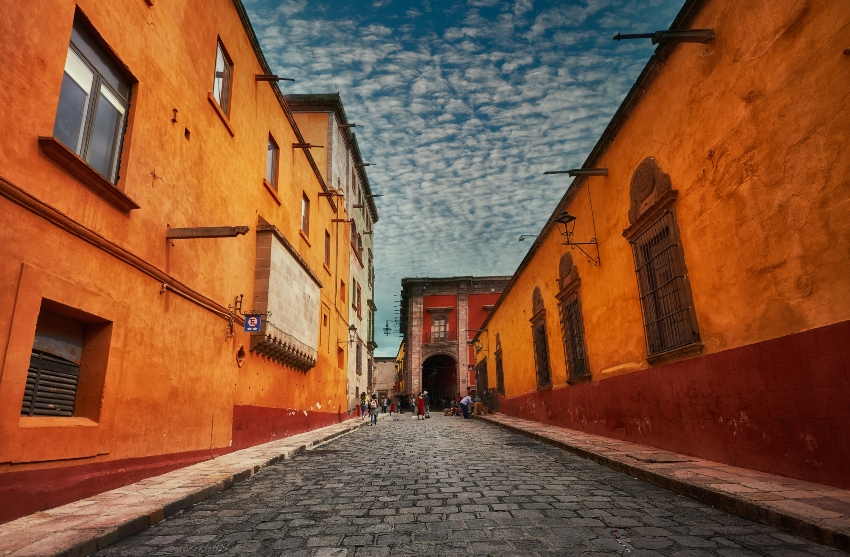
Keep looking up. Each November, over 200 hot air balloons soar over the Parque Metropolitano in Léon – just two hours away by car – as part of the International Hot Air Balloon Festival. On almost any other day of the week, early risers can enjoy a more modest spectacle of a handful of striped orbs rising over San Miguel de Allende (or, better yet, hop into one) before dawn.
Even better than rooftop bars
In a city that enjoys a remarkable dose of sunshine (300-330 days annually), average high temperatures in the 70s Fahrenheit nearly year-round, an altitude of over 6,000 feet and a reliable mélange of warm days and cool nights, its rooftop bars are magnets for both socialites and mixology enthusiasts. But as mocktail mania and the number of Gen Z’ers eschewing alcohol continue to grow, so do San Miguel’s opportunities to get a breathtaking view from the top — without a bar tab.
Roaming the streets of San Miguel de Allende on foot or by car presents a plethora of iconic photo opportunities, rife with free (or at least cheap) glimpses into the city’s rich artistic heritage and endemic desert botany, with architectural triumphs at nearly every turn.
Bored of meeting up at bars? Have a budget-conscious thirst for adventure? Eager to see the heart of Mexico from higher ground? These often overlooked views are definitely worth the climb.
First stop: Punk Pizza and beef tongue tacos

As the Salida a Celaya strip heats up San Miguel’s gastronomical landscape, a new food truck plaza quietly hung up its string lights a few months back, with local nomads Bong Pizza announcing via Instagram last week that they’re permanently parked and open for business Wednesday and Thursday, 1:00 p.m. to 8:00 p.m., and Friday and Saturday, 1:00 p.m. to 10:00 p.m.
Before you make your way down the highway in search of new sights, stop at Celaya 47 (next to Boom Fitness) to indulge in Chef Mauricio Garza’s unbeatable sourdough pies. Or make it a panoramic picnic by adding tender beef tongue tacos and crispy fries to your order from the neighboring trucks. From this elevated vantage point, you’ll have a prime view of the Parroquía de San Miguel Arcángel, a fairly large slice of the city’s pastel feast for the eyes. Nature’s gentle giants, the Picacho mountains, are almost close enough to touch, with the entire panorama sprawling out into equally stunning illuminated tiers at night. Spark up a delicious dialogue between the casual comida corrida and a city beckoning you closer.
Serene hilltop sanctuary: Casa Shala
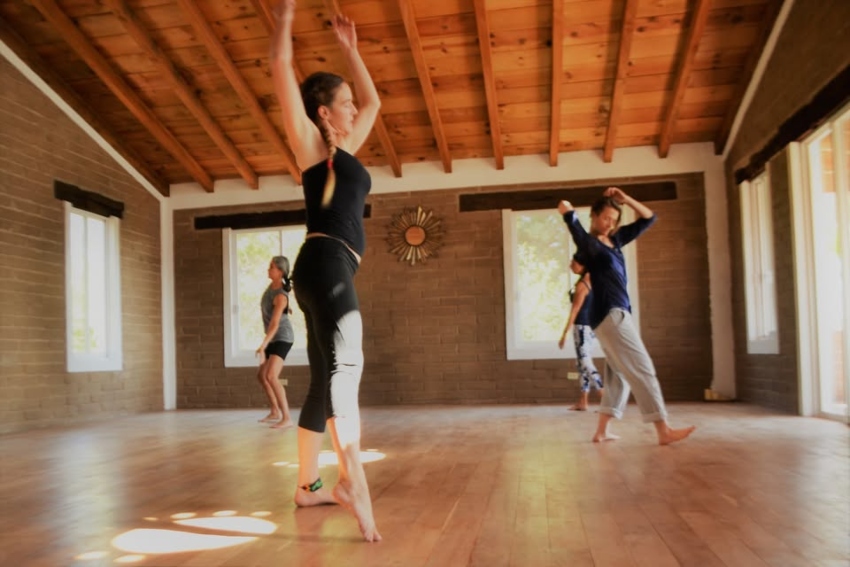
If one were of the gatekeeping mind, this mindfulness lover’s retreat away from the all-hours fireworks in El Centro would remain off the list. Casa Shala’s owners, Diana and Martín, describe their regenerative organic cafeteria (Zen Cafe), sacred space and yoga studio as a place to “explore the expansion of consciousness together,” a tranquil sanctuary where everyone is welcome. Their mind-body-spirit haven is tucked away in La Palmita, an overwhelmingly tourist-free neighborhood where active, outdoorsy types will also find an emerging climbing community and their training gym, plus walking access to several free lookout points, including the Mirador Cruz del Pueblo.
However, the best-kept secret is hiding on the second floor. Even my toddler twins were stunned into silence when taking in the rolling hills tucked behind the muted maroon rooftops stretched across the horizon. This postcard-come-alive is perhaps the best vantage point in the entire town. Signing up for a music workshop or a cacao ceremony will give you plenty of time to enjoy the scenery in silence before or after your activity.
Worth the drive (and the best time to go)
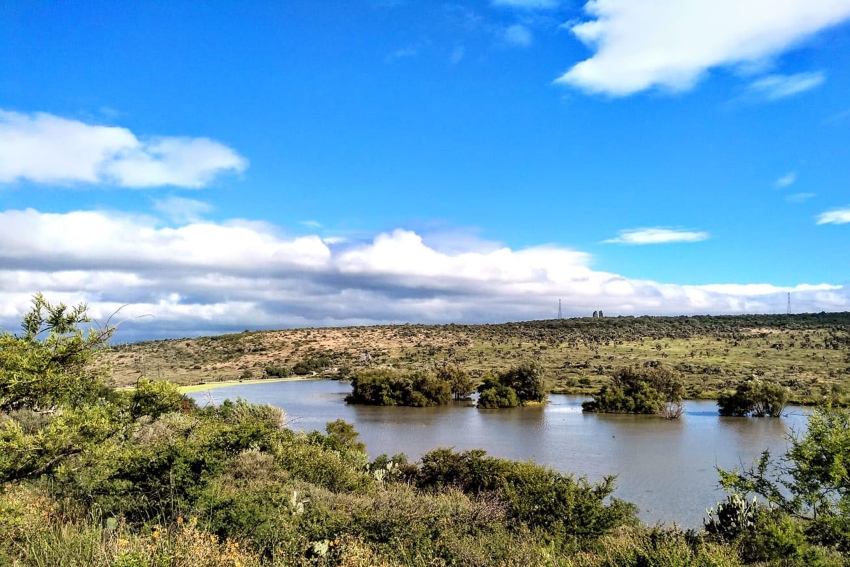
After a renovation, El Charco del Ingenio botanical gardens are more stunning and welcoming than ever. With a modest 100 pesos entry fee (50 pesos for students, teachers, and seniors with a valid ID; free for children under 10), visitors can enjoy an entire day of wonder, locally-sourced nourishment at the cafeteria, regional fair trade tinctures and trinkets in the sustainable gift shop at the entrance and an unmatched view of San Miguel de Allende after a brisk, self-guided walk to the edge of the property.
Last year, the Dalai Lama himself consecrated El Charco del Ingenio as a “Zone of Peace,” one of only five declared as such in all of Mexico. Along the regional plant trails, moments of quiet contemplation are abundant, with ample foot paths guiding your way to the western viewpoints where the Obraje Dam, the Laja River Valley, the Sierra de Guanajuato, and the city of San Miguel de Allende are all visible, framed by centuries-old mossy boulders and sculptures amidst the staggering diversity of Mexican wildlife. Through a “dam curtain,” the Northern Reserve Trails unveil an equally awe-inspiring view from around the ravine’s verdant edges.
If you’re not planning your trip around a guided tour (recommended for first-time visitors to get a true sense of the garden’s vast offerings) or one of their bimonthly birdwatching excursions, it’s wise to avoid the midday heat, especially during the hotter months. Cell service is spotty or nonexistent at El Charco, so reserve your transportation in advance. You can also request a return ride at the welcome reception desk, though taxis charge a higher fare when booked on-site.
Lovers’ lanes: Callejón del Chorro, “El Nigromante,” and Calle Alda
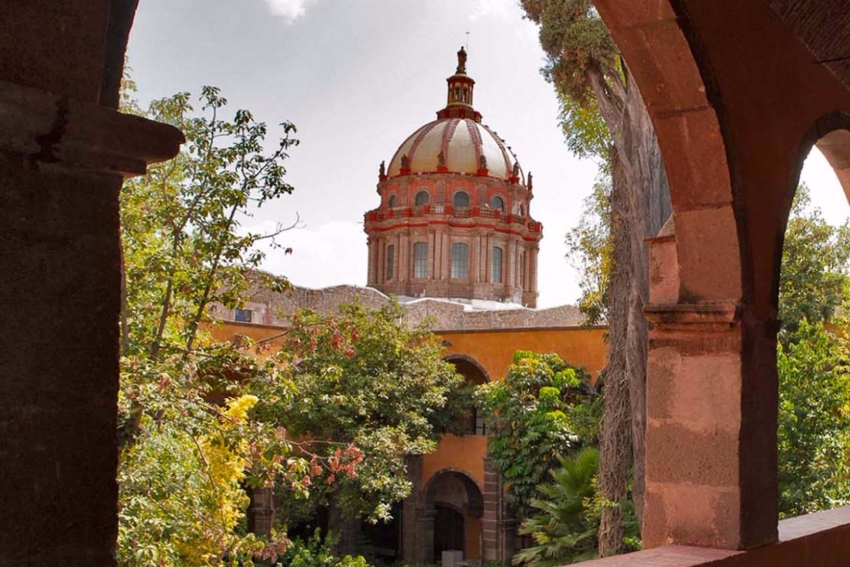
Views aside, the former convent turned popular art museum, El Centro Cultural Ignacio Ramírez “El Nigromante,” is an art lover’s paradise, filled with the floor-to-ceiling folkloric frescos of David Alfaro Siqueiros, Pedro Martínez and Eleanor Cohen. Even from the tunnel of trees giving way to the fountain-dotted courtyard at Bellas Artes (one of its other local nicknames), the vibrantly citrus-toned dome of the nearby Iglesia de la Concepción hovers in the periphery. On the second level, more peek-a-boo cityscapes emerge like tiny polaroids ready to frame.
After strolling the corridors of “El Nigromante,” take a languid stroll five minutes south to Calle Aldama, ranked number 12 in the world for “most beautiful streets” in 2024 by Architectural Digest Mexico and Latin America. Though the cobblestoned walk is a relatively short and easy one – approximately seven kilometers – it is highly prized for being San Miguel’s most Instagrammable alleyway by a long shot. At the street’s culmination point is an incomparable view of the Parroquía, a path exploding with protective palms and the flowering histories of revolution, Mexican sage and Texas mountain laurel. The street gets its name from the Mexican rebel soldier and national hero, Juan Aldama, and provides an idyllic backdrop for the most praiseworthy shots of the town’s aesthetic essence.
A pause for ‘fuel’
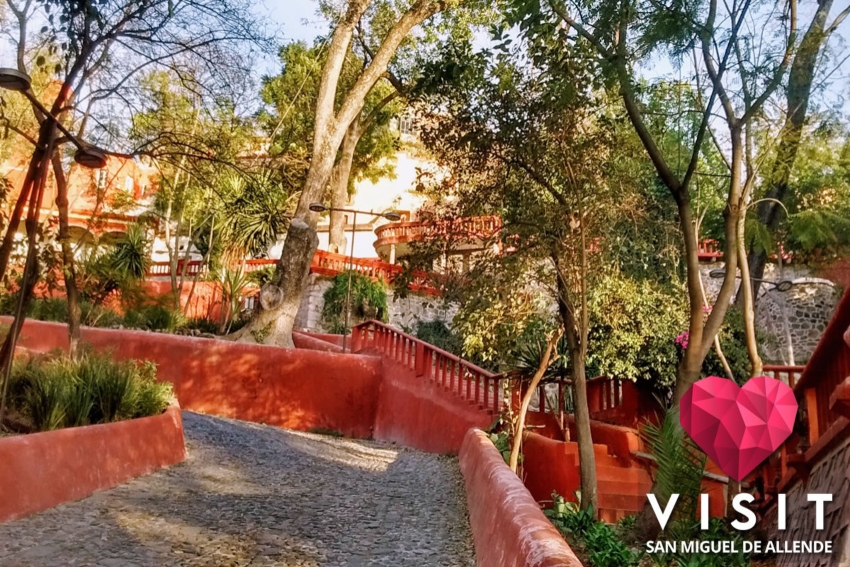
If you haven’t already paused to fuel up at one of the dozens of cafés along your path by now, take a sip or a bite before heading downtown to make your way up the Paseo del Chorro y Lavaderos (Callejón del Chorro). Here, cascading terraces preserve local lore about the city’s founding place, carrying the echoes of its robust social and artistic gatherings. Nearly 20 exquisitely designed public washing stations dating back to the 18th century, painted with burgundy stains reminiscent of monks’ robes, pave your journey up to a small chapel at the top of the stairway.
Saunter at the pace of ‘ahorita’
Just steps from all the most-visited tourist landmarks near the town square in the Jardín Allende, “El Chorro” is also a flat 10-minute walk from Parque Benito Juárez. It provides shade, snacks and a newly revamped playground with fun-filled challenges for little explorers of all ages. If you’re lucky, you might catch a spirited pickup basketball game. Or an elegantly dressed wedding party clustered in a celebratory parade.
If only for this scenic saunter, move at the Mexican pace of “ahorita,” which could mean you’ll arrive at your final destination soon, later or at an unspecified time far into the future, depending on who you ask. Lovers of unhurried wandering will find this art is not lost. Nor shall they be if willing to throw plans to the wind for the chance at reclaiming childlike wonder. Few places on Earth are better when it comes to those seeking momentary rapture.
Simone Jacobson is a Burmese American cultural connector, toddler twin mama and writer based in San Miguel de Allende. By day, she is the Content Director for Well Spirit Collective. In all other moments, she strives to raise compassionate children who never lose their curiosity, tenderness and radiant light. Read more by Simone here.
